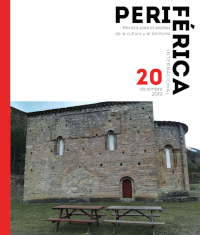Lunares prohibidos por extranjeros
Abstract
The article has as main objective to discover where were Spanish dots before becoming for flamenco and find their traces in the commerce of Spain. To do this the research we will focus on the formation of the Spanish nation between 1750 and 1847. The main method of research has been the reading of images and graphic material related to gypsies, ballet and flamenco. We were immersed in the history, the etymology and semiotics of the word to find the source of the polka dots in the print of the typical flamenco dress in Spain. In the beginnings of flamenco, it was not uncommon to see a flamenco dressed with dots. The gypsy wore skirts plain or with other prints such as paintings vichy. To find the reason of this event we have focused on the evolution of the textile industry which has led us to the evolution of the rules of tariffs in the customs and this is how we were able to see that theyhad vetoed the entrance to the trade in Spain, considered as foreigners since 1792 intermittently until 1841. During that time, the noun acquired negative connotations in Spain, assimilating to sin or defect. The little time that flamenco out conforming, dots began to be seen between the fashion of the Spanish women.
Keywords
Downloads
How to Cite
License

Este obra está bajo una licencia de Creative Commons Reconocimiento-NoComercial-SinObraDerivada 4.0 España.






